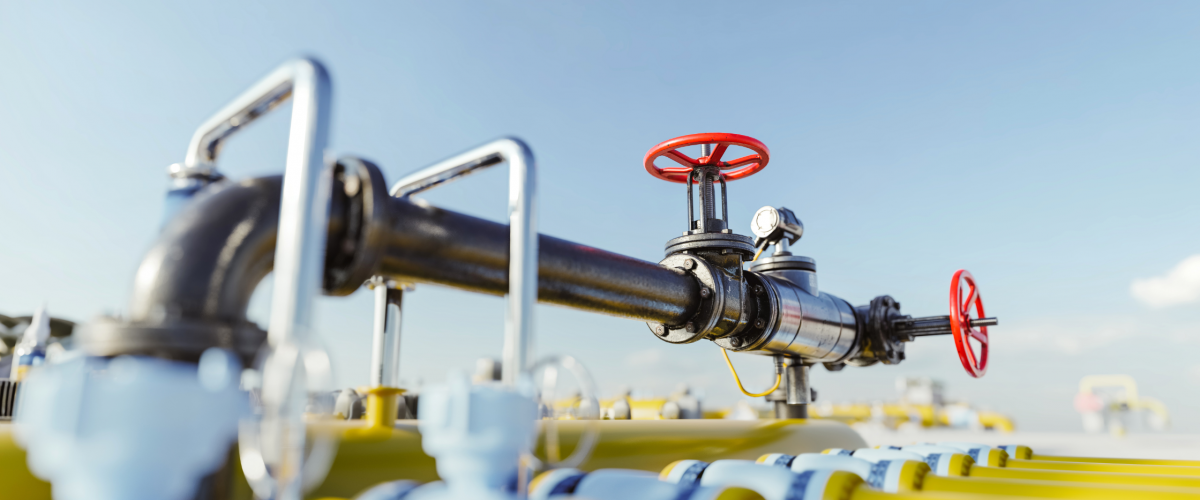Gas lift systems are widely used in the oil industry to enhance production from oil wells by injecting gas into the wellbore to reduce the density of the fluid column, thereby increasing the flow of oil to the surface.
Here’s how gas lift systems work and the benefits they offer:
1. Principle of Operation: Gas lift systems work on the principle of buoyancy, where injected gas reduces the density of the fluid column in the wellbore, allowing the reservoir pressure to push the oil to the surface more efficiently. Gas is injected into the production tubing or casing annulus at specific depths, creating a series of gas bubbles that lift the heavier fluid upwards.
2. Types of Gas Lift Systems: There are several types of gas lift systems, including continuous gas lift, intermittent gas lift, and gas lift mandrels. Continuous gas lift involves continuous injection of gas into the wellbore to maintain production, while intermittent gas lift alternates between gas injection and production cycles. Gas lift mandrels are devices installed in the wellbore that allow for controlled injection of gas at multiple depths.
3. Benefits of Gas Lift Systems:
– Increased Production: Gas lift systems can significantly increase production rates from oil wells by reducing the backpressure in the wellbore and enhancing fluid flow to the surface.
– Improved Efficiency: Gas lift systems are relatively simple and cost-effective to install and operate compared to other artificial lift methods, making them a preferred choice for enhancing production in mature or marginal oil fields.
– Flexibility: Gas lift systems offer flexibility in adjusting gas injection rates and depths to optimize production performance based on reservoir characteristics, fluid properties, and operating conditions.
– Reduced Risk of Damage: Gas lift systems can help mitigate the risk of formation damage and fluid coning by maintaining optimal reservoir pressure and fluid flow rates, thereby prolonging the productive life of oil wells.
– Enhanced Recovery: By maintaining reservoir pressure and optimizing fluid flow rates, gas lift systems can improve oil recovery factors and maximize the ultimate hydrocarbon recovery from reservoirs.
4. Design Considerations: Designing an effective gas lift system requires careful consideration of factors such as well depth, reservoir pressure, fluid properties, gas lift valve selection, and surface facilities. Engineers must optimize gas injection rates, valve spacing, and operating parameters to maximize production efficiency while minimizing operating costs and environmental impact.
5. Monitoring and Optimization: Continuous monitoring and optimization of gas lift systems are essential for maintaining peak performance and maximizing production efficiency over time. Operators use downhole sensors, surface gauges, and data analytics to monitor well performance, diagnose operational issues, and optimize gas lift operations for maximum productivity and reliability.
In summary, gas lift systems play a crucial role in enhancing production from oil wells by reducing fluid density, increasing flow rates, and optimizing reservoir pressure.
With their simplicity, cost-effectiveness, and flexibility, gas lift systems are a preferred artificial lift method for maximizing production efficiency and recovery rates in oil fields around the world.
Read more on Sparkview Energy:
Liquefied Natural Gas (LNG) Market: Trends and Global Demand
Remote Sensing and Monitoring in the Oil and Gas Industry: Real-time Equipment Insights
The Future of Offshore Oil Platforms: Innovations in Design and Sustainability

